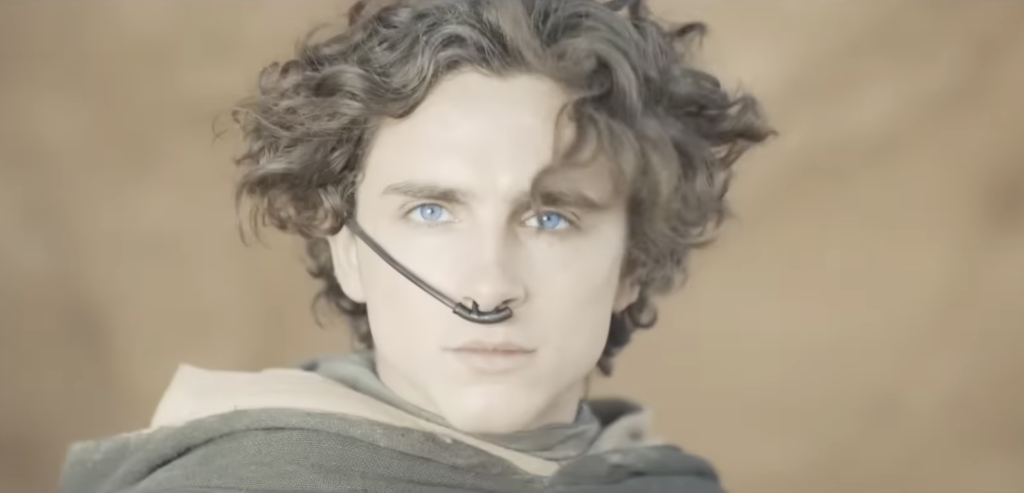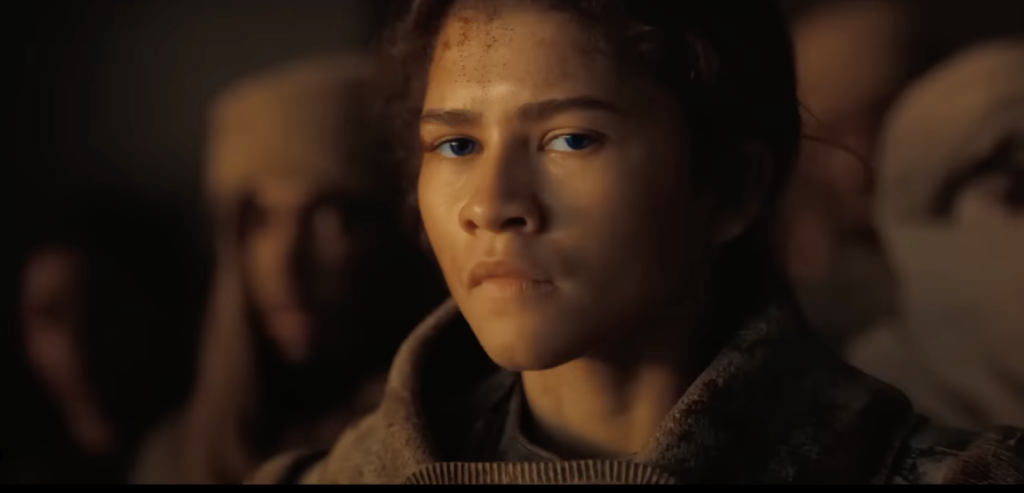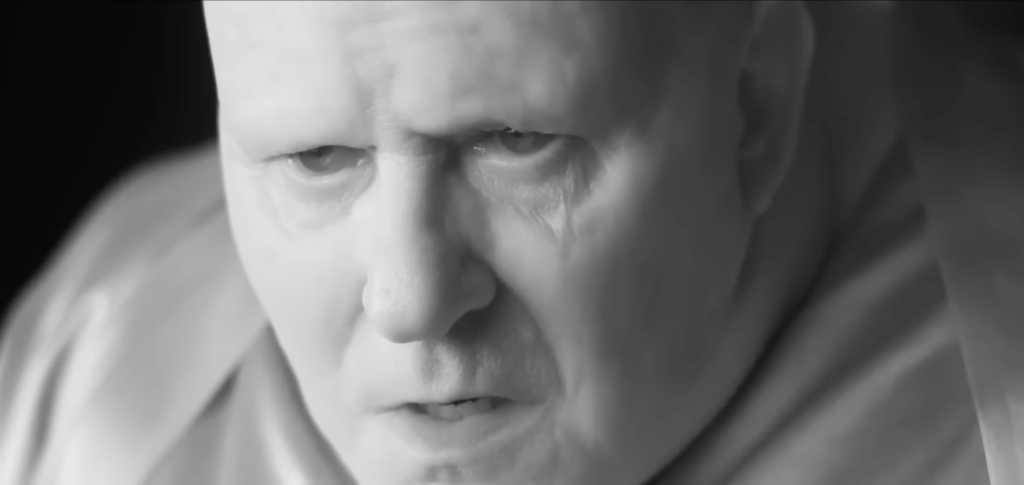After leaving audiences on the edge of their seats for three years, Denis Villeneuve is finally back with the highly-anticipated Dune: Part 2.
The film picks up where the first left off, with Paul Atreides, played by Timothée Chalamet, traversing through the desert planet Arrakis after the destruction of his father’s house at the hands of the evil Baron Harkonnen, played by Stellan Skarsgård.

Paul joined a group of freedom-fighters from Arrakis called the Fremen, and is believed to be their future leader to a “paradise” where they wouldn’t have to scavenge for water and fight the Harkonnen people for their land.
A major point of conflict in the Dune films is the precious resource of spice, which the Harkonnen want to exploit for personal gain, no matter the cost to the Fremen.
This exploration of environmental degradation is welcome in a film with a massive scale like Dune: Part 2, where shots of the desert wind blowing spice across the rippling sand were nothing short of breathtaking.
Cinematographer Greig Fraser took home an Academy Award for his work on Dune: Part One, and somehow outdoes himself with the shots in this one.
From intense battle scenes with raging flames and clashing swords to Paul harnessing the power of the mighty sandworm, Fraser’s expert cinematography fully immerses the viewer in the Dune universe.
Joining Paul in his journey across Arrakis are his mother Lady Jessica and the strong-minded Freman girl Chani, played by Rebecca Ferguson and Zendaya respectively.

Lady Jessica is forced into the role of Reverend Mother of the Freman people, where she drinks the poisonous “Water of Life” that almost kills her and her unborn daughter.
The second Atreides child will likely be important moving forward, but for now, we only get occasional shots of the baby in Jessica’s womb, and a cameo appearance by Anya Taylor-Joy as the grown child.
Zendaya had limited screen time in the previous installment, but delivers a remarkable performance with the content she was given in the continuation.

Chani refuses to believe Paul is the prophesized Lisan al Gaib, or “messiah,” for the Freman people, but still teaches him the ways of her people so he can survive in the harsh desert.
During their time together, deeper feelings develop between them that Chalamet and Zendaya could convey with nothing but stolen glances to each other.
Luckily, the audience gets a little more than glances.
The supporting performances in are all masterful — from Austin Butler’s portrayal of the nightmarish Harkonnen warrior Feyd-Rautha to Javier Bardem’s scene stealing Freman leader, Stilgar.
Florence Pugh and Christopher Walken also joined the cast as Princess Irulan and Emperor Shaddam IV, characters that contributed greatly to the film’s pulse-pounding final act.

Clocking in at 168 minutes, the run time of can only be felt smack in the middle when everything starts building towards Paul’s acceptance of the Lisan al Gaib mantle.
Director Denis Villeneuve masterfully balances visually astounding battle scenes with more dialogue-driven moments to keep the complicated story on track and the audience engaged.
Villeneuve presents a hand-to-hand combat scene between Paul and Feyd-Rautha in the film’s final moments that looks like poetry in motion — the fighters match each other strike for strike and it’s unclear who will come out alive at the end.
If there’s one thing for certain walking out of Dune: Part Two, it’s that Timothée Chalamet is a force onscreen no matter what genre he’s presented with.
Paul Atreides is a lost and conflicted character throughout the first film, but by the final seconds of Dune: Part Two, has completely transformed into someone unrecognizable because of Chalamet’s brilliance.
The story doesn’t end here — Villeneuve leaves the audience gasping for air and begging for more as the credits roll after this sci-fi epic completely changes the game.





